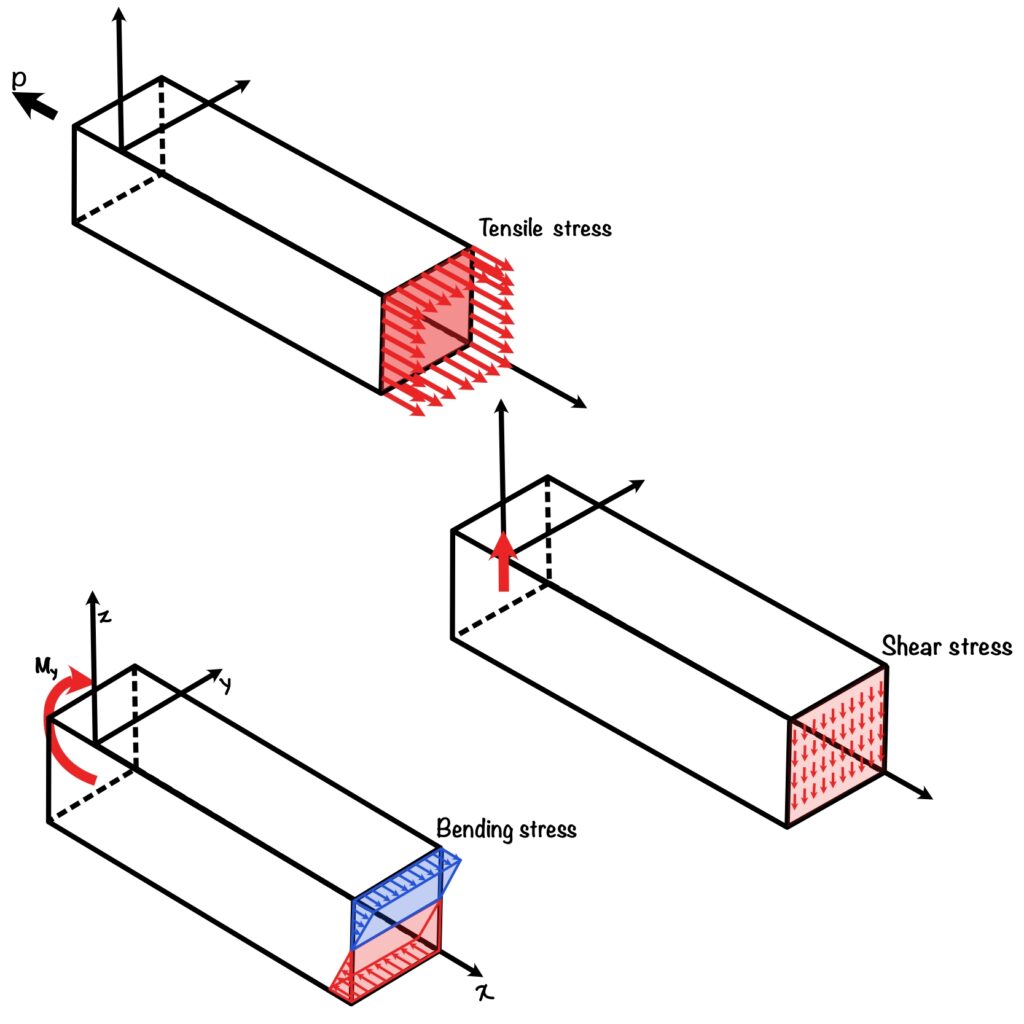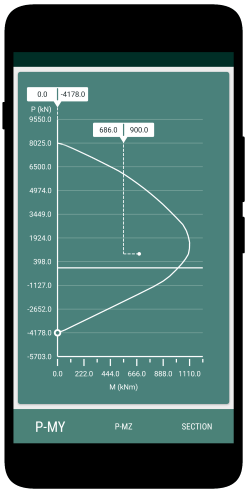A column is a special case of a compression member that is vertical.
A reinforced concrete column is basically a vertical structural member, which helps to transfer the load from top to bottom in a framed structure. Specifically, columns transfer the compressive load from the top floor to foundations. Normally, we use concrete and reinforcement. reinforcement by means of :
- main longitudinal bars to resist compression and/or bending
- transverse reinforcement (ties) to resist bursting forces.
Check out this post to know more about columns and its types.
Longitudinal axis
It is basically the axis passing through the centre of gravity of section along the length wise direction of the body.
Transverse axis (Lateral axis)
It is basically the axis passing through the centre of gravity of section perpendicular to the longitudinal axis. In a member with rectangular cross section, axis parallel to the width (local Y axis) is lateral axis, and axis parallel to the depth is vertical axis (local z-axis). Transverse axis are further characterised into major and minor axis.
Major axis
The axis about which the moment of inertia is larger is termed as major axis.
Minor axis
The axis about which the moment of inertia is smaller is termed as minor axis.
Loading (Applied force)
In structural engineering basically the terms force and loads is interchangeable. Load is a term, we use frequently in engineering to mean the force exerted on a surface or body. A column by definition is a structural member primarily subject to compressive loads. In general a column is subjected to axial Force, Shear force, Bending moment, torsional moment.

Generally we design the columns so as to resist the axial compression load or sometimes a combination of bi-axial/ uni-axial moment acting on it. It is very important to consider all these loads which is basically due to the frame action under gravity and lateral loads.
Statically Equivalent Loads
The force systems are statically equivalent when their resultants are equal. Physically, this means that the force systems tend to impart the same mention/ deformation when applied to a structural member. The combination of axial compression (P) with bending moment (M) at any column section is statically equivalent to a system consisting of the load P applied with an eccentricity e = M/ P with respect to the longitudinal centrical axis of the column section.
You can use our android application to design all the different reinforced column sections.
Column design
- RCC Column Design is a free app for designing reinforced concrete columns as per Indian Standards.
- RCC Design and detailing could be performed for uniaxial and biaxial bending conditions specified in IS456:2000
- Option to save the design projects in local storage.
- Detailed calculation steps presented for verification and validation.
